#the world of apu
Text
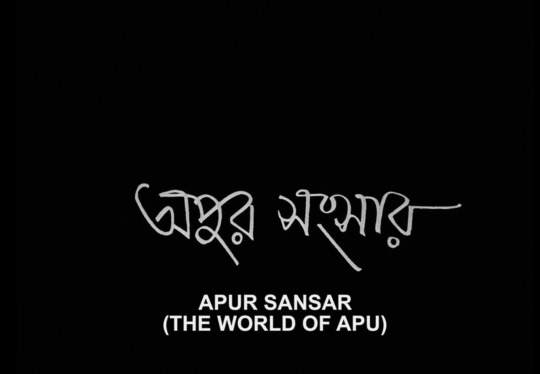

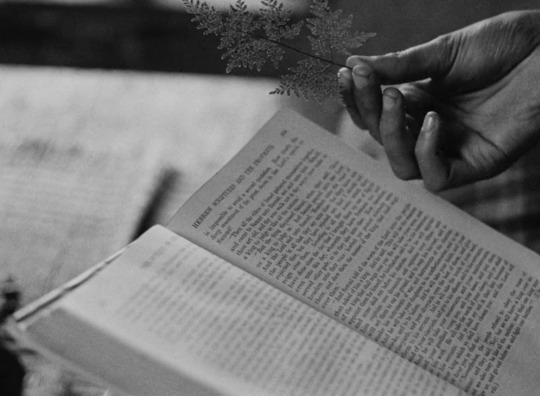
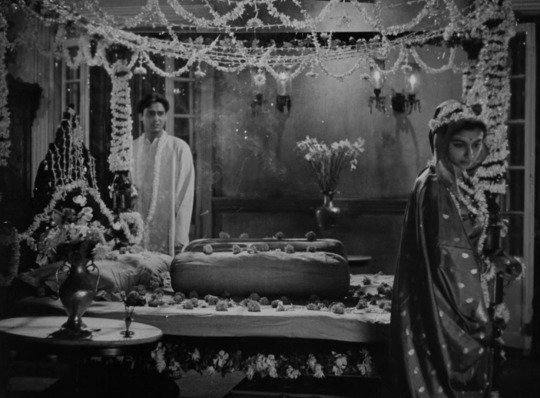


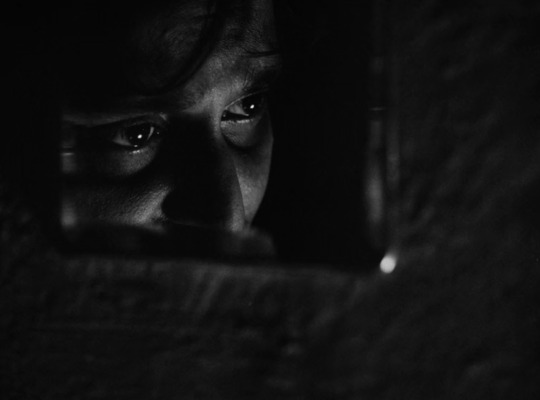


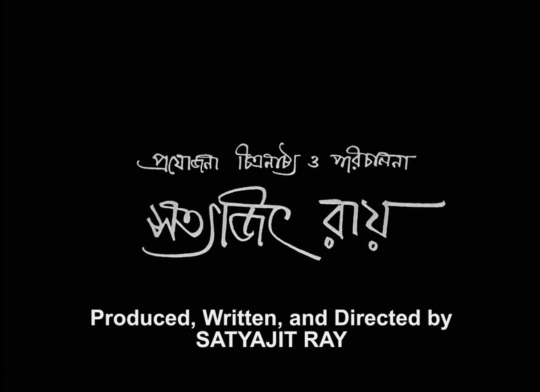
Apur Sansar (1959)
Director: Satyajit Ray
Cinematographer: Subrata Mitra
#dailyworldcinema#the world of apu#apur sansar#satyajit ray#world cinema#indian cinema#bengali cinema#criterion collection#criterion channel
46 notes
·
View notes
Photo

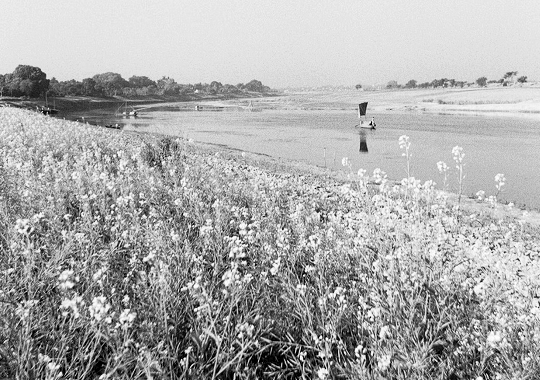



The World of Apu, 1959
dir. by Satyajit Ray
#filmedit#moviehub#filmgifs#moviegifs#worldcinemaedit#userfilm#classicfilmedit#filmdaily#userkraina#the world of apu#satyajit ray#*
735 notes
·
View notes
Text
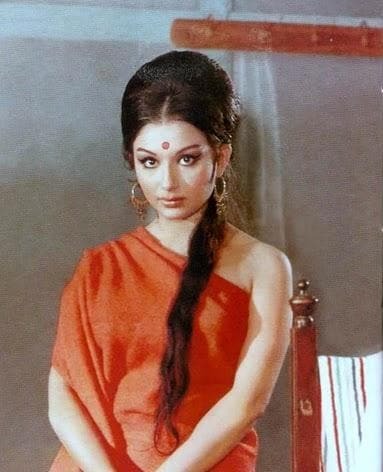

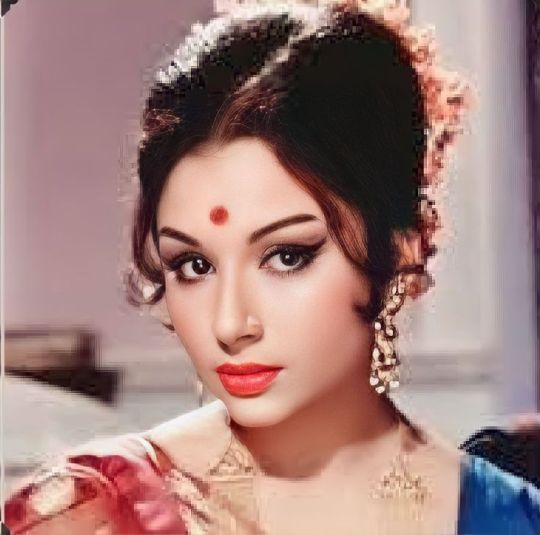
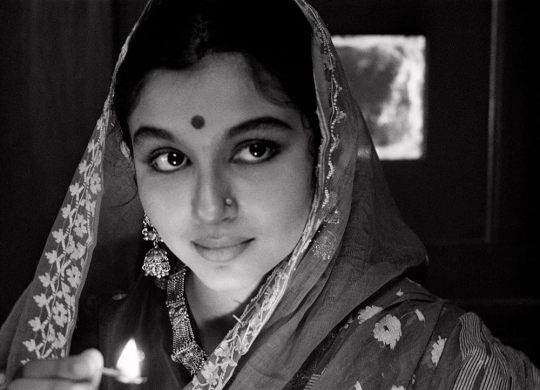


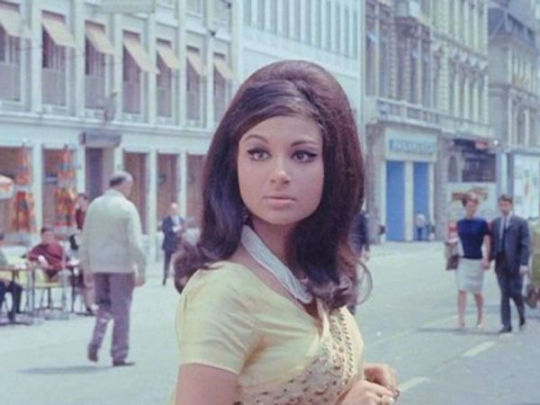
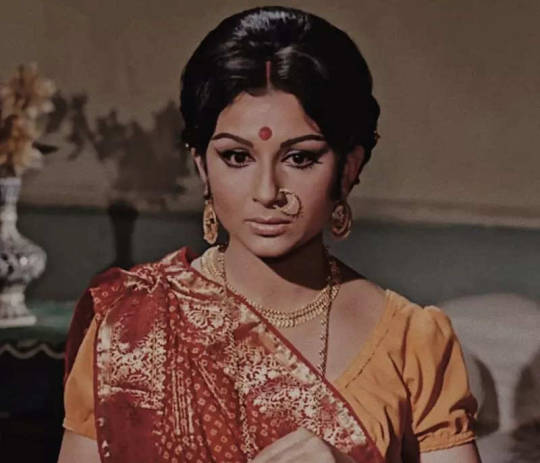

Sharmila Tagore
#sharmila tagore#indian cinema#hindi cinema#cinema#films#movies#bollywood#world cinema#classic cinema#old bollywood#classic bollywood#bengali cinema#1960s#aradhana#apur sansar#the world of apu#an evening in paris#film stills#movie stills#film scenes#movie scenes#indian films#indian movies#hindi films#hindi movies#bengali films#bengali movies#cinephile#film edits
17 notes
·
View notes
Text


The Scent of Green Papaya, 1993
Apur Sansar (The World of Apu), 1959
#women reading#the scent of green papaya#tran anh hung#apur sansar#the world of apu#satyajit ray#world cinema#vietnamese film#bengali cinema#indian films#parallels#cinema parallels#film blog
191 notes
·
View notes
Photo
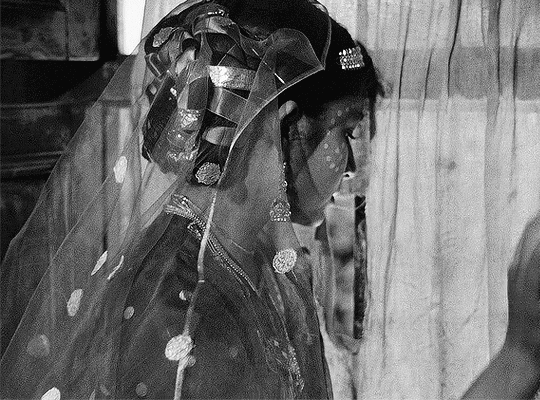
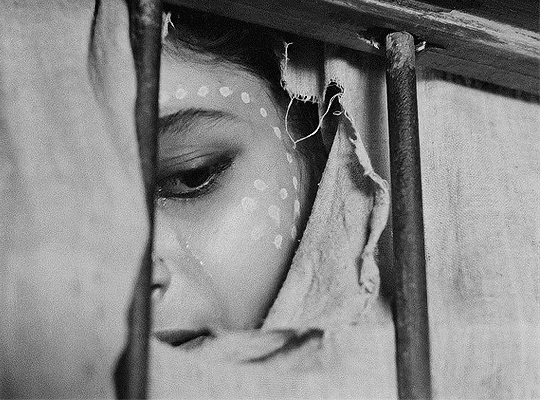

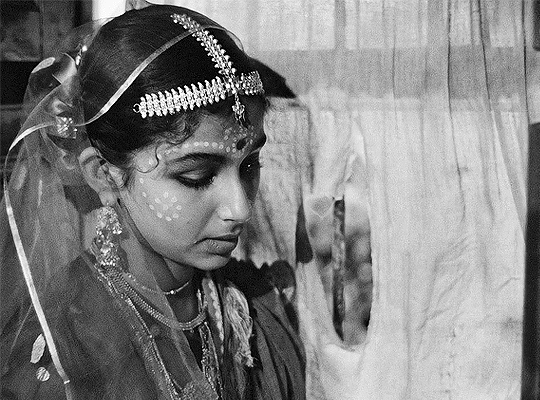
Sharmila Tagore in
— the world of apu অপুর সংসার (1959)
dir. Satyajit Ray
130 notes
·
View notes
Text

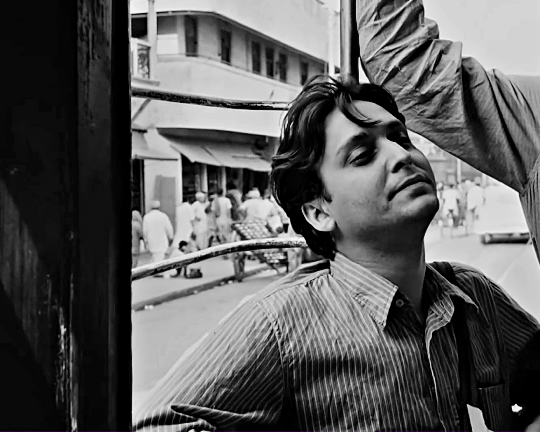

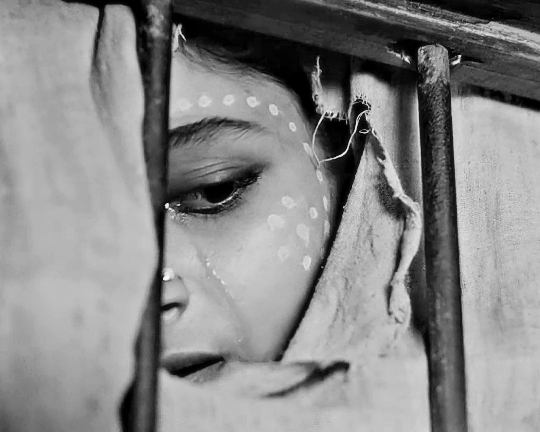


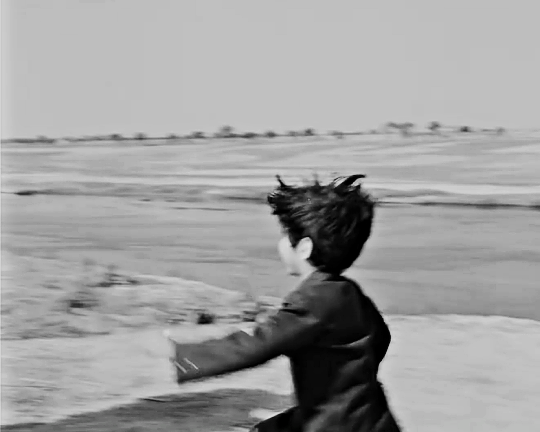
I don’t know where I’m going, but I do know why. I want to be free.
The World of Apu | অপুর সংসার (1959) dir. Satyajit Ray
#the world of apu#worldcinemaedit#classicfilmcentral#classicfilmblr#classicfilmsource#cinemaspast#filmauteur#cinematv#asiandramasource#filmgifs#minimalistsource#southasiansource#filmtv#apur sansar#soumitra chatterjee#sharmila tagore#bengali cinema#indian cinema#indian movie#অপুর সংসার#ellisgifs#myfilmgallery
231 notes
·
View notes
Photo
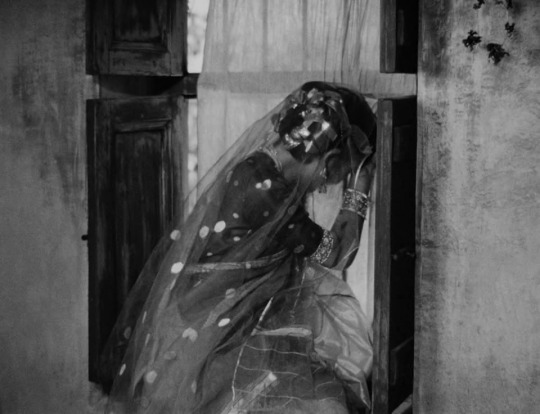

Apur Sansar (1959)
65 notes
·
View notes
Text


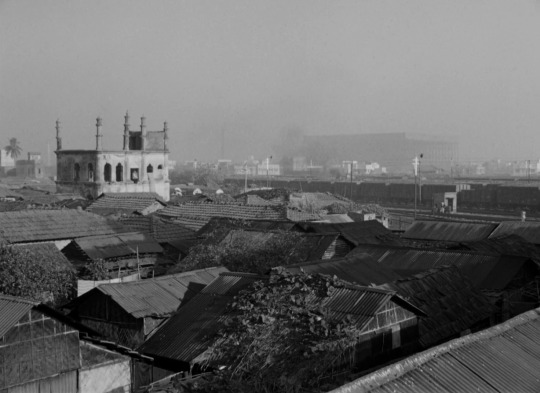
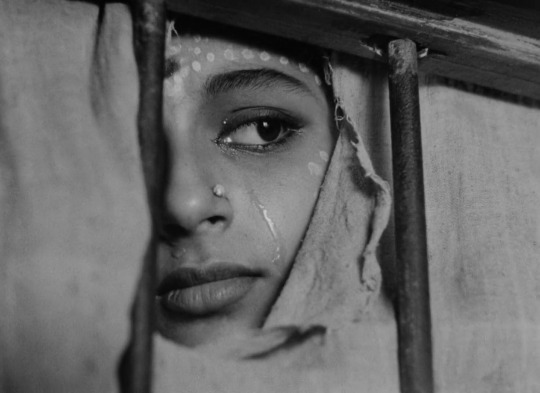


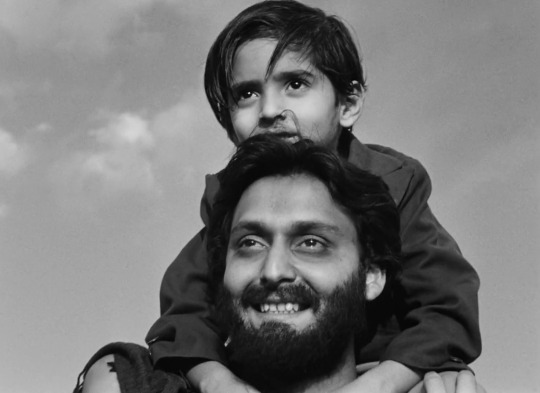
The World of Apu (1959) | dir. Satyajit Ray
#the world of apu#apur sansar#satyajit ray#soumitra chatterjee#sharmila tagore#alok chakravarty#films#movies#cinematography#scenery#screencaps
72 notes
·
View notes
Photo
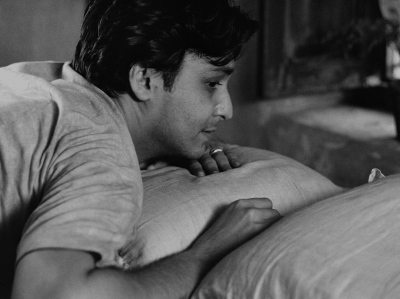





I’m an aspirant for your hand. May I hold it?
Soumitra Chatterjee in...
The World of Apu (1959)
Charulata (1964)
The Coward (1965)
...dir. Satyajit Ray
#soumitra chatterjee#satyajit ray#the world of apu#apur sansar#charulata#the coward#kapurush#1959#1964#1965#50s#60s#india#mine
86 notes
·
View notes
Text
The Apu Trilogy

Subir Banerjee in Pather Panchali (Satyajit Ray, 1955)
Cast: Kanu Bannerjee, Karuna Bannerjee, Chunibala Devi, Uma Das Gupta, Subir Banerjee, Runki Banerjee, Reba Devi, Aparna Devi, Tulsi Chakraborty. Screenplay: Satyajit Ray, based on a novel by Bibhutibhushan Bandyopadhyay. Cinematography: Subrata Mitra. Production design: Bansi Chandragupta. Film editing: Dulal Dutta. Music: Ravi Shankar.
When I first saw Pather Panchali I was in my early 20s and unprepared for anything so foreign to my experience either in life or in movies. And as is usual at that age, my response was to mock. So half a century passed, and when I saw it again both the world and I had changed. I now regard it as a transformative experience -- even for one whom the years have transformed. What it shows us is both alien and familiar, and I wonder how I could have missed its resonance with my own childhood: the significance of family, the problems consequent on adherence to a social code, the universal effect of wonder and fear of the unknown, the necessity of art, and so on. Central to it all is Ray's vision of the subject matter and the essential participation of Ravi Shankar's music and Subrata Mitra's cinematography. And of course the extraordinary performances: Kanu Bannerjee as the feckless, deluded father, clinging to a role no longer relevant in his world; Karuna Bannerjee as the long-suffering mother; Uma Das Gupta as Durga, the fated, slightly rebellious daughter; the fascinating Chunibala Devi as the aged "Auntie"; and 8-year-old Subir Banerjee as the wide-eyed Apu. It's still not an immediately accessible film, even for sophisticated Western viewers, but it will always be an essential one, not only as a landmark in the history of movie-making but also as an eye-opening human document of the sort that these fractious times need more than ever.

Smaran Ghosal in Aparajito (Satyajit Ray, 1956)
Cast: Pinaki Sengupta, Smaran Ghosal, Kanu Bannerjee, Karuna Bannerjee, Ramani Sengupta, Charuprakash Ghosh, Subodh Ganguli. Screenplay: Satayajit Ray, Kanaili Basu, based on a novel by Bibhutibhushan Bandyopadhyay. Cinematography: Subrata Mitra.
Production design: Bansi Chandragupta. Film editing: Dulal Dutta. Music: Ravi Shankar
As the middle film of a trilogy, Aparajito could have been merely transitional -- think for example of the middle film in The Lord of the Rings trilogy: The Two Towers (Peter Jackson, 2002), which lacks both the tension of a story forming and the release of one ending. But Ray's film stands by itself, as one of the great films about adolescence, that coming-together of a personality. The "Apu trilogy," like its source, the novels by Bibhutibhushan Bandyopadhyay, is a Bildungsroman, a novel of ... well, the German Bildung can be translated as "education" or "development" or even "personal growth." In Aparajito, the boy Apu (Pinaki Sengupta) sprouts into the adolescent Apu (Smaran Ghosal), as his family moves from their Bengal village to the city of Benares (Varanasi), where Apu's father continues to work as a priest, while his mother supplements their income as a maid and cook in their apartment house. When his father dies, Apu and his mother move to the village Mansapota, where she works for her uncle and Apu begins to train to follow his father's profession of priest. But the ever-restless Apu persuades his mother to let him attend the village school, where he excels, eventually winning a scholarship to study in Calcutta. In Pather Panchali (1955), the distant train was a symbol for Apu and his sister, Durga, of a world outside; now Apu takes a train into that world, not without the painful but necessary break with his mother. Karuna Bannerjee's portrayal of the mother's heartbreak as she releases her son into the world is unforgettable. Whereas Pather Panchali clung to a limited setting, the decaying home and village of Apu's childhood, the richness of Aparajito lies in its use of various settings: the steep stairs that Apu's father descends and ascends to practice his priestly duties on the Benares riverfront, the isolated village of Mansapota, and the crowded streets of Kolkata, all of them magnificently captured by Subrata Mitra's cinematogaphy.

Soumitra Chatterjee in The World of Apu (Satyajit Ray, 1959)
Cast: Soumitra Chatterjee, Sharmila Tagore, Swapan Mukherjee, Alok Chakravarty, Dhiresh Majumdar, Dhiren Ghosh. Screenplay: Satyajit Ray, based on a novel by Bibhutibhushan Bandyopadhyay. Cinematography: Subrata Mitra. Production design: Bansi Chandragupta. Film editing: Dulal Dutta. Music: Ravi Shankar.
The exquisite conclusion to Ray's trilogy takes Apu (Soumitra Chatterjee) into manhood. He leaves school, unable to afford to continue into university, and begins to support himself by tutoring while trying to write a novel. When his friend Pulu (Swapan Mukherjee) persuades him to go along to the wedding of his cousin, Aparna (Sharmila Tagore), Apu finds himself marrying her: The intended bridegroom turns out to be insane, and when her father and the other villagers insist that the astrological signs indicate that Aparna must marry someone, Apu, the only available male, is persuaded, even though he regards the whole situation as nonsensical superstition, to take on the role of bridegroom. (It's a tribute to both the director and the actors that this plot turn makes complete sense in the context of the film.) After a wonderfully awkward scene in which Apu and Aparna meet for the first time, and another in which Aparna, who has been raised in comparative luxury, comes to terms with the reality of Apu's one-room apartment, the two fall deeply in love. But having returned to her family home for a visit, Aparna dies in childbirth. Apu refuses to see his son, Kajal (Alok Chakravarty), blaming him for Aparna's death and leaving him in the care of the boy's grandfather. He spends the next five years wandering, working for a while in a coal mine, until Pulu finds him and persuades him to see the child. As with Pather Panchali and Aparajito, The World of Apu (aka Apur Sansar) stands alone, its story complete in itself. But it also works beautifully as part of a trilogy. Apu's story often echoes that of his own father, whose desire to become a writer sometimes set him at odds with his family. When, in Pather Panchali, Apu's father returns from a long absence to find his daughter dead and his ancestral home in ruins, he burns the manuscripts of the plays he had tried to write. Apu, during his wanderings after Aparna's death, flings the manuscript of the novel he had been writing to the winds. And just as the railroad train figures as a symbol of the wider world in Pather Panchali, and as the means to escape into it in Aparajito, it plays a role in The World of Apu. Instead of being a remote entity, it's present in Apu's own back yard: His Calcutta apartment looks out onto the railyards of the city. Adjusting to life with Apu, Aparna at one point has to cover her ears at the whistle of a train. Apu's last sight of her is as she boards a train to visit her family. And when he reunites with his son, he tries to play with the boy and a model train engine. The glory of this film is that it has a "happy ending" that is, unlike most of them, completely earned and doesn't fall into false sentiment. I don't use the world "masterpiece" lightly, but The World of Apu, both alone and with its companion films, seems to me to merit it.
3 notes
·
View notes
Text

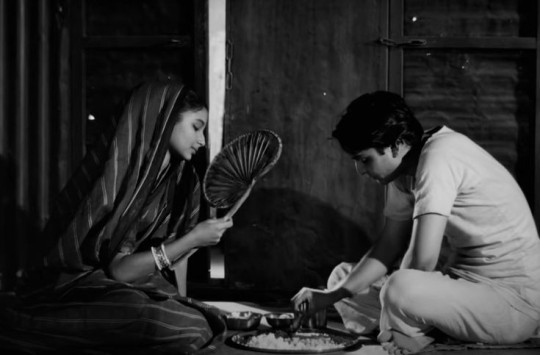
Satyajit Ray - The World Of Apu
5 notes
·
View notes
Text

reading a letterboxd review of apur sansar (1959) and was very touched by this sentence
thanks to darren carver-balsiger for the review ✨
1 note
·
View note
Text

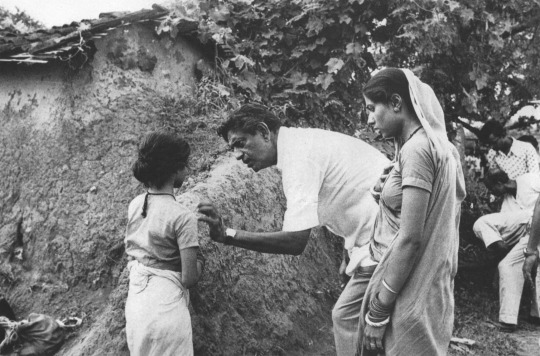

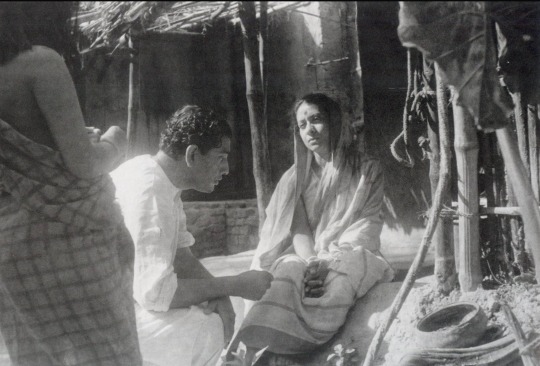

Satyajit Ray directs Pather Panchani (1955)
#satyajit ray#pather panchali#the apu trilogy#1955#behind the scenes#1950’s#50s#indian cinema#world cinema#international cinema#50s movies#50s cinema
36 notes
·
View notes
Text

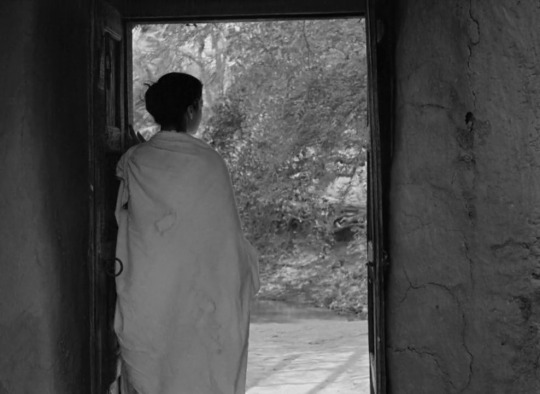
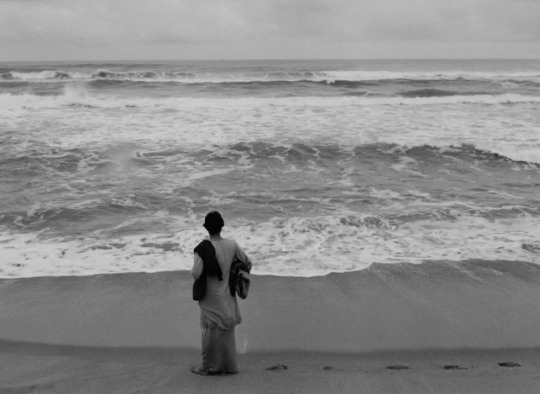
Pather Panchali (1955)
Aparajito (1956)
Apur Sansar (1959)
#pather panchali#aparajito#apur sansar#the world of apu#aparajito 1956#satyajit ray#karuna bannerjee#karuna banerjee#soumitra chatterjee#indian cinema#bengali cinema#cinema#films#movies#film scenes#movie scenes#screencaps#cinematography#1950s#classic cinema#world cinema#parallel cinema#the apu trilogy#apu trilogy
30 notes
·
View notes
Text
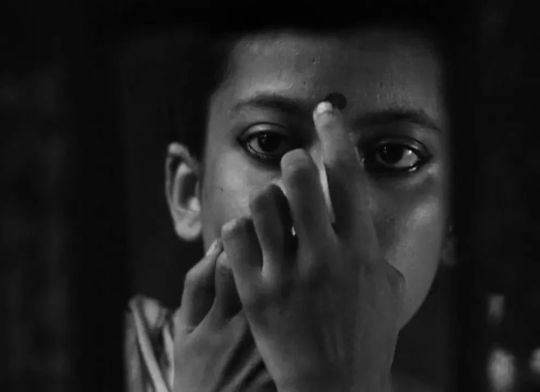


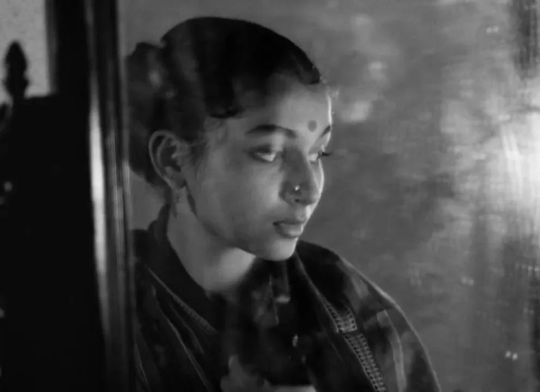
Bindi and Mirrors in Satyajit Ray's films
Pather Panchali (1955), Mahanagar (1963), Charulata (1964), Apur Sansar (1959)
#pather panchali#mahanagar#apu trilogy#apur sangsar#charulata#satyajit ray#indian films#asian film#world cinema#cinematography#cinema#cinephile#movies#film aesthetic#mirror shot#bengali film#akira kurosawa#martin scorsese#wes anderson#women in film#women in art#women
15 notes
·
View notes
Photo

Abu in Morocco!
#apu#aladdin#morocco pavilion#disney#world showcase#epcot#disney world#disney parks#my post#disney blog
31 notes
·
View notes